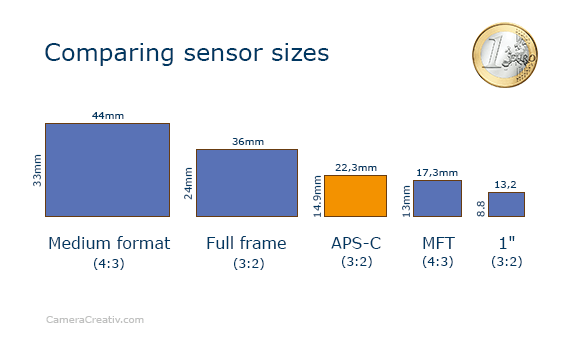Here you can find digital cameras comparison. Pick up with the best rating.
Cameras which are being compared are Mirrorless cameras.

Learn more about compared cameras specifications below. |
|
|
Fujifilm X-T30 vs Fujifilm X-E1 Specs |
|
|
X-T30
All specs: Main page for X-T30 |
X-E1
All specs: Main page for X-E1 |
|
X-T30 vs X-E1 Sensors |
|
|
On the pictures below the sensor areas of cameras are highlighted. This infographic highlights the sensor areas of both models compared to other common sensor formats:
|
|
X-T30 vs X-E1: Viewfinder X-T30 has an electronic viewfinder and it’s resolution is 2.36 megapixel with magnification of 0.62x. X-E1 has an electronic viewfinder with resolution 2.36 megapixel, it’s magnification is 0.62x. Viewfinder magnifications of compared cameras. The black area shows a magnification of 1x, relative to native size; in red is a magnification of 0.85x. |
||
|
X-T30 (0.62x) |
X-E1 (0.62x) |
|
|
Better choice: Draw |
||
|
Fujifilm X-T30 VS Fujifilm X-E1 Other Specs Comparison |
|
Why is Fujifilm X-T30 a better choice |
||
|
X-T30 |
X-E1 |
|
| Sensor cleaning (3) | ||
| Wider resolution (5, megapixel) | 26.10 | 16.30 |
| Higher speed (4, frames/second) | 8 | 6 |
| Auto Focus points (4) | 425 | 49 |
| Better sensibility (4) | 200 – 12800 ISO | 200 – 6400 ISO |
| Better monitor (2, Megapixel) | 1.04 | 0.46 |
| Articulated monitor (2) | ||
| Touch screen (2) | ||
| Better Video (2) | 3840 x 2160 | 1920 x 1080 |
| Longer battery life (3, photos) | 380 | 350 |
| WiFi (2) | ||
|
Conclusion: Advantages of the X-T30 are built-in automatic sensor cleaning, the higher resolution and that the camera is faster. Additional pros for the Fujifilm are the faster and more accurate auto focus, the larger sensitivity and that the display has a higher resolution. A nice touch is the articulated display, the rather comfortable touch screen and the superior video recording. A recommendation of the X-T30 is made easy by that the battery has more stamina and the built-in wifi that permits remote shooting and image transfer without the need for a cable connection. The X-T30 scores 33 points. |
||
|
Otherwise why to choose Fujifilm X-E1 |
||
|
X-T30 |
X-E1 |
|
| Weighs less (2) | 383g (12.4 oz.) |
300g (9.7 oz.) |
| More portable (2) | 459cm³ (29 cu.in.) |
370cm³ (23 cu.in.) |
|
Conclusion: Advantages of the X-E1 are the lower weight than the X-T30 and the more compact size. Yields 4 points for the X-E1. |
||
|
Common Specs for both cameras compared |
||
|
X-T30 |
X-E1 |
|
| Sensor format | APS-C | APS-C |
| Lens selection | 25 | 25 |
| Built-in flash | ||
| External microphone | ||
| Fujifilm X-T30 VS Fujifilm X-E1 Dimensions |
|
Look at front view of the X-T30 and X-E1 |
|
Top view of cameras |
|
|
Total scores Here’s the total score according to comparison above: |
|
|
Fujifilm X-T30 |
Fujifilm X-E1 |
|
33
|
4
|
|
We recommend Fujifilm X-T30 as better choice. |
|


